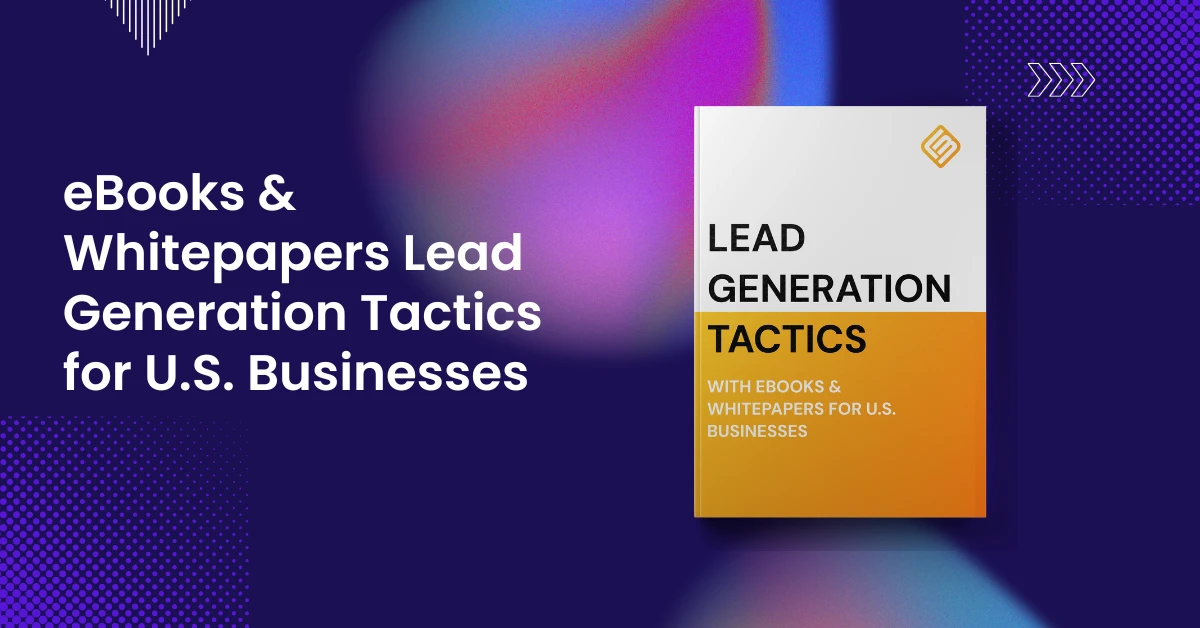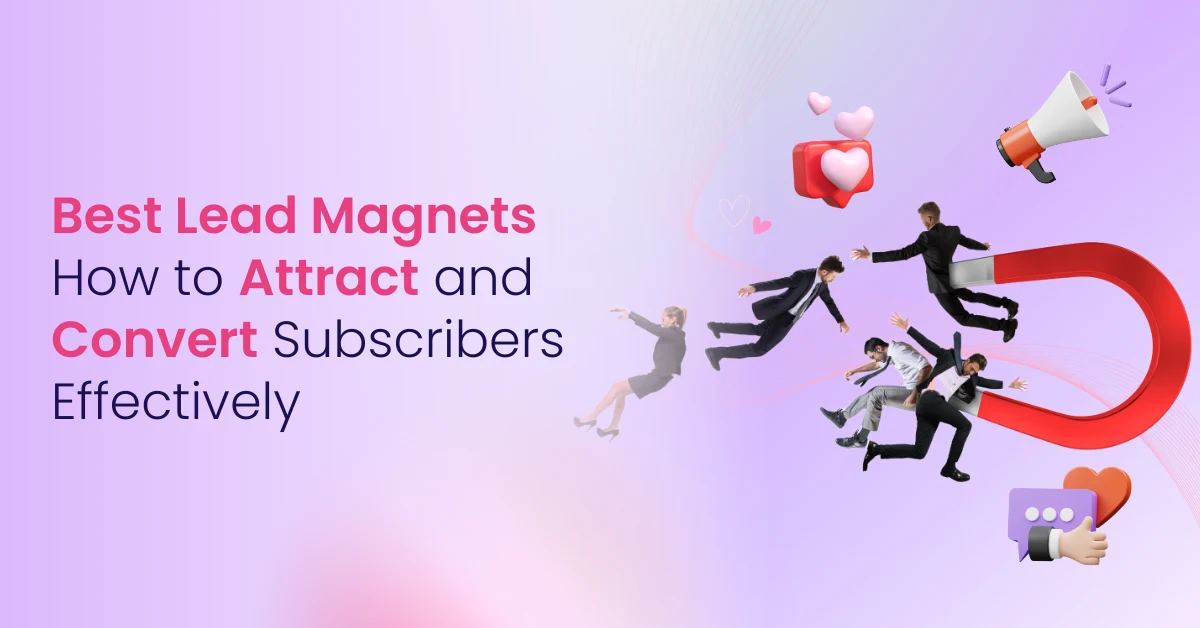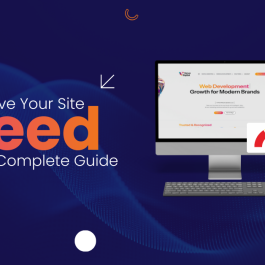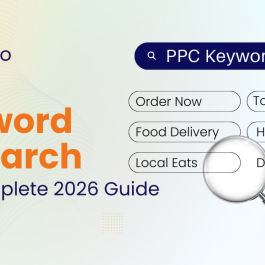6 min read
Table of Contents
Introduction to Content Marketing
Content marketing is key for lead generation. It helps U.S. businesses attract and engage their target audience with useful, relevant content like ebooks and white papers. These lead magnets build thought leadership, trust, and drive traffic to websites. This brings in qualified leads and new customers.
Optimizing content starts with keyword research. Then, share it via email marketing and social media. This approach boosts its effectiveness. Analytics track how well it does. This helps businesses improve strategies to turn leads into paying customers and grow their sales team fast. Email marketing is a useful tactic to encourage existing subscribers to download gated content.
Understanding the Target Audience
Knowing the target audience is very important for a good lead generation strategy. It lets businesses make content that fits their needs and interests. Knowing the customer journey and their pain points helps marketers make useful lead magnets, like ebooks and white papers. Understanding your audience’s likes, habits, and demographics helps you shape your marketing. This builds trust and credibility.
Making buyer personas and sorting email lists by content personalizes follow-ups and adds value. Good lead magnets solve real problems for the audience. They capture leads by giving free, valuable resources in return for contact info.
Developing a Lead Generation Strategy
A lead generation strategy is a clear plan. It helps businesses attract, engage, and turn potential customers into paying ones. It uses content marketing, social media, and paid ads to reach the right audience well. Making valuable content like ebooks and white papers that solve audience problems is key.
Using lead magnets brings in qualified leads. Automated email follow-ups then nurture prospects down the sales path. Following up with leads after they download content is important. Use automated email sequences to nurture these prospects. This helps guide them down the sales funnel. A strong strategy drives website traffic, gets more leads, and grows sales.
The Role of White Papers in Business
White papers are deep, helpful documents. They give valuable insights and solutions to specific problems. This makes them good lead generation tools. They help businesses show leadership, demonstrate expertise, and build trust with potential customers. White papers can create leads by needing downloads or sign-ups. They give detailed insights into a business problem and its solutions.
Working with similar brands helps reach more people. White papers are usually gated. They attract leads who are further along in buying. This means they are more likely to buy. By teaching and engaging target audiences, white papers bring qualified leads and sales. They build trust in B2B marketing.
Creating Effective Ebooks
Ebooks are popular lead generation tools. They give useful, deep info to potential customers. This helps businesses build trust and credibility. When making an ebook, focus on good, relevant content that fits the target audience’s needs and interests. Ebooks should look nice, be easy to read, and give clear tips. Businesses using e-books as lead magnets often enjoy higher conversion rates. This is because e-books offer detailed information that other content forms may lack.
Promoting ebooks through social media, email, and LinkedIn groups brings more visitors and leads to your website. Ending with a strong call-to-action helps brand awareness. Both ebooks and white papers use design elements that make them look good and easy to read. This makes them strong lead magnets that turn leads into paying customers.
Using Keyword Research to Optimize Ebooks
Keyword research is key to making ebooks better for search engines. Using the right keywords helps get more qualified leads. Adding long-tail keywords that fit your niche boosts search rankings and meets audience needs well.
Tools like Google Keyword Planner find these keywords and gaps in the market. This helps businesses create focused, helpful ebook copy. It connects with industry pros and the audience. This smart method drives more traffic and helps lead generation.
Designing a Landing Page for Conversions
A landing page is very important for lead generation. It gives a special place for potential customers to learn about a product or service. It should have a clear, short message and a strong call-to-action (CTA), like a form or button, to make people act. A dedicated landing page should include a compelling headline, a summary of benefits, and a simple lead capture form for gated content.
Making the landing page look good with color, images, and fonts helps catch attention. A strong headline and clear benefits help attract attention. An easy lead capture form also lowers barriers. Together, they boost conversion rates by offering social proof. The conversion rate can be improved by minimizing friction in sign-up forms and by showcasing social proof within the content.
Utilizing Lead Magnets for Growth
Lead magnets like ebooks and white papers work well to get leads and grow business. They give useful insights to potential customers. Making high-quality, relevant content helps businesses build trust and show authority. Sharing lead magnets via social media, email, paid ads, and content syndication expands your reach. LinkedIn is great for B2B audiences.
Gated content asks for contact info to get qualified leads. Ungated content is free and grows brand visibility and trust. These methods increase website traffic. They nurture leads and turn prospects into paying customers, which boosts sales. Gated content can help generate leads. However, it might reduce total downloads because users must share personal information.
Leveraging Free Tools for Efficiency
Free tools like Canva and HubSpot help businesses work smarter and save time. They help make high-quality content like ebooks and white papers without spending much.
Free tools also help improve landing pages, do keyword research, and promote lead magnets. Using free tools saves time and money. This lets businesses focus on big-picture strategy and growth. Free tools also give useful data to help improve lead generation and get better results.
Measuring Success with Analytics
Analytics is key to checking how well a lead generation campaign works. It gives useful data on website traffic, engagement, and conversion rates. Key points include:
- Use tools like Google Analytics to watch lead magnets, landing pages, and content marketing campaigns.
- Measuring campaign success helps improve content and promotion for lead generation.
- Track ebook and white paper downloads and conversions to see how well they work.
- Find areas to improve with analytics to make lead generation better.
- Use data insights to make smart choices that grow business, sales, and revenue.
- Learn about the customer journey to spot pain points and create better content marketing.
By doing these, businesses can boost their lead generation and get real results.
Turn Your Expertise into Leads
Create Impactful Ebooks & White Papers Today!
Ready to attract qualified leads and grow your sales pipeline?
Frequently Asked Questions (FAQs)
1. What are lead generation tactics with ebooks and whitepapers for U.S. businesses?
Lead generation for U.S. businesses involves creating helpful ebooks and whitepapers. This means providing valuable, informative content. This content should address specific problems for the target audience. These lead magnets are given in exchange for contact info. They help businesses get qualified leads and guide them through the sales funnel.
2. How do ebooks and white papers help in lead generation?
Ebooks give deep, educational content that builds trust and shows thought leadership. White papers give detailed, research-backed solutions to business problems. Both attract potential customers with useful info, which makes them share contact details and engage with the brand.
3. Should I gate my ebooks and white papers to collect leads?
Gating content means asking users to give contact info to get access. This is a good way to get qualified leads. You can promote gated content with social media ads, email marketing, and SEO-friendly blog posts.
4. How can I promote my ebooks and white papers effectively?
Promote your content across various channels. Use social media, email marketing, targeted ads, LinkedIn groups, and industry sites. Make special landing pages that are good at converting. Work with similar brands to reach more people and improve lead generation. A clear call-to-action (CTA) and a download form are key for landing pages that aim to convert users.
5. What role does keyword research play in optimizing ebooks and white papers?
Keyword research finds the words and phrases your audience looks for. Using these keywords naturally in your content helps search engines rank you higher. This brings more qualified leads who want your topics.
6. How do I measure the success of my lead generation campaigns with ebooks and white papers?
Use tools like Google Analytics to track:
- Downloads
- Website visits
- Engagement
- Conversion rates
Watching these numbers shows which content and promotion work best. This helps you improve and do better next time.
7. Can repurposing existing blog content into ebooks or white papers be beneficial?
Yes. Turning popular blog posts into ebooks or white papers saves time. It also uses content your audience already likes. Ungated content is free for the audience without needing personal info.
8. What design elements should I include in my ebooks and white papers?
Use clear headings, good visuals like charts and infographics, brand colors, and easy-to-read layouts. A well-made ebook or white paper is easier to read, shows key info well, and makes readers want to act.
9. How do ebooks and white papers fit into a broader lead generation process?
Ebooks and white papers are lead magnets that get contact info from potential customers. They help nurture leads by giving useful info and building trust. This guides prospects through the customer journey to become paying customers.
10. What is the difference between an ebook and a white paper?
An ebook is more educational and easy to read. It gives broad insights and clear tips, often with nice visuals. A white paper is more formal and deep. It shows research-backed solutions to specific problems. It targets decision makers who are closer to buying.
Published: October 29th, 2025





